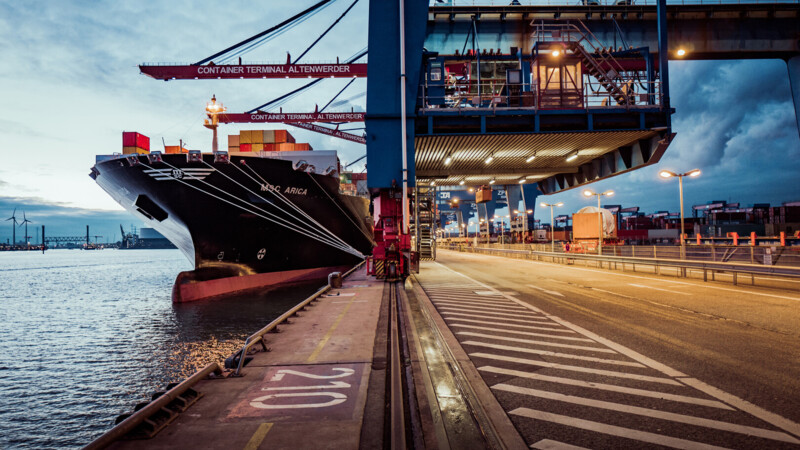Michael Pollmann, State Councillor for the Environment, Climate, Energy and Agriculture, termed the commissioning in autumn a "milestone". "The north produces wind energy in abundance. We use the surplus for heating instead of shutting it down." The P2H is expected to save up to 100,000 tonnes of CO2 per annum, according to the Ministry for the Environment. The plant will become active whenever more wind power is generated in the north than the power lines can transport to avoid shutting down wind power plants at peak times. The operator of the plant, Wärme Hamburg, expects to cut the use of fossil fuels by 20 per cent this year and by 30 per cent in 2023.
A topping-out ceremony was held Tuesday (July 19, 2022) in Wedel to celebrate the completion of the shell of one of Germany's largest wind-to-heat plants. The power-to-heat (P2H) plant will supply 27,000 households with green district heating from autumn. The investment costs of EUR 31.5 million are being footed by the grid operator 50 Hertz based in Berlin.
Plant to reduce COs emissions and halve coal consumption
District heating based on immersion heating
The P2H plant uses wind energy generated at sea and on land to heat around 23,000 litres of water similar to an immersion heater. The energy generated is then fed into the district heating network. Output of 80 megawatts at the plant in Wedel makes it one of the largest P2H plant's nationwide and the second in Hamburg's district heating network. Green district heating has been generated in Hamburg's Karolineviertel suburb since 2018.
sh/sb/pb
Sources and further information
More
Similar articles

HHLA's climate-neutral container handling facility recertified

Hamburg cannot let up on path to climate neutrality

